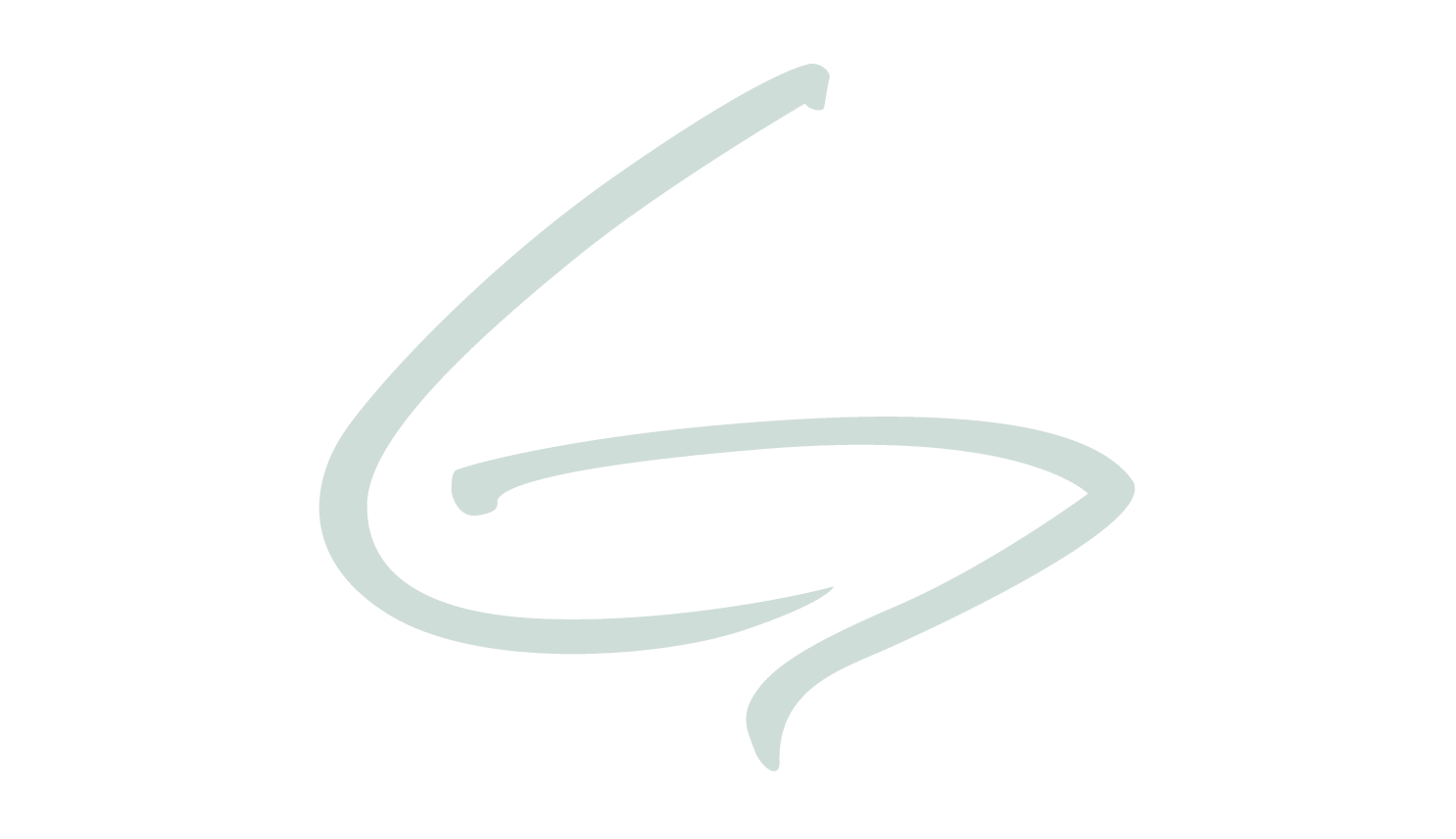August-June
In nature, materials are recycled through a variety of processes with the help of fungi, bacteria, and invertebrates. Humans can also play a vital role in recycling. Students will explore the similarities and differences between natural and human recycling while experiencing the diverse habitats at Greenacres.
Ohio Science Standards:
- PS Grade 1: Properties of objects and materials can change.
- LS Grade 1: Living things have basic needs, which are met by obtaining materials from the physical environment.
NGSS Standards:
- 1-LS1-1. Use materials to design a solution to a human problem by mimicking how plants and/or animals use their external parts to help them survive, grow, and meet their needs.
Social Studies Standards:
- Government Strand: Civic Participation and Skills: Individuals have responsibility to take action toward the achievement of common goals in homes, schools and communities and are accountable for those actions.
- Economics Strand: Scarcity: Wants are unlimited and resources are limited. Individuals make choices because they cannot have everything they want.
- Economics Strand: Production and Consumption: People produce and consume goods and services in the community.
Video Introduction and Vocabulary:
waste, reduce, reuse, recycle, landfill, decomposer, compost
